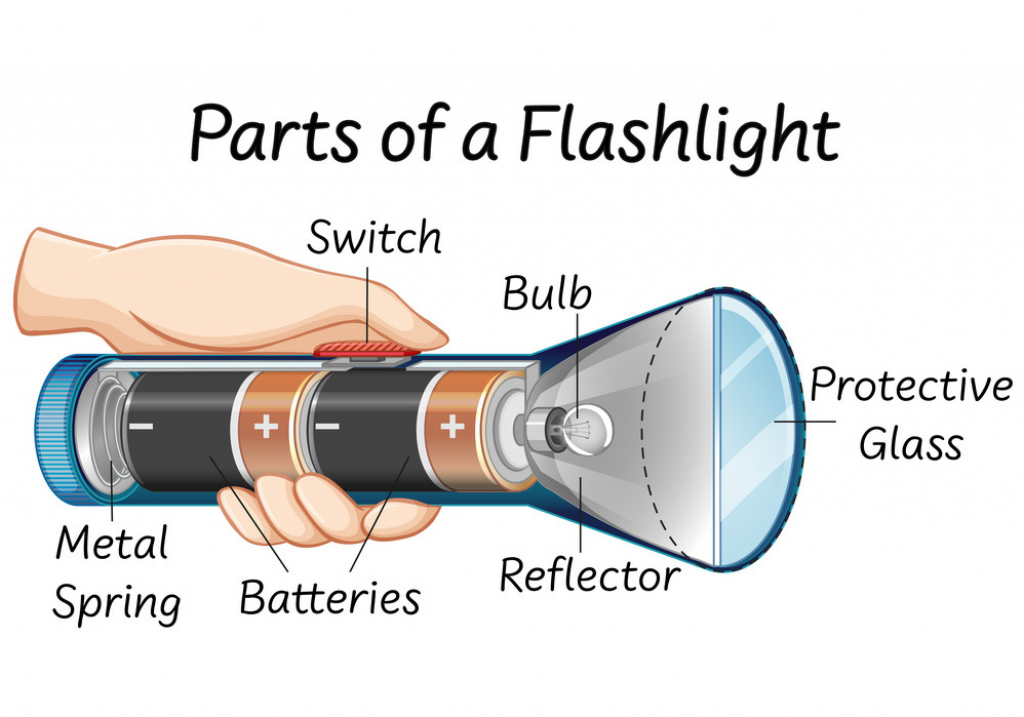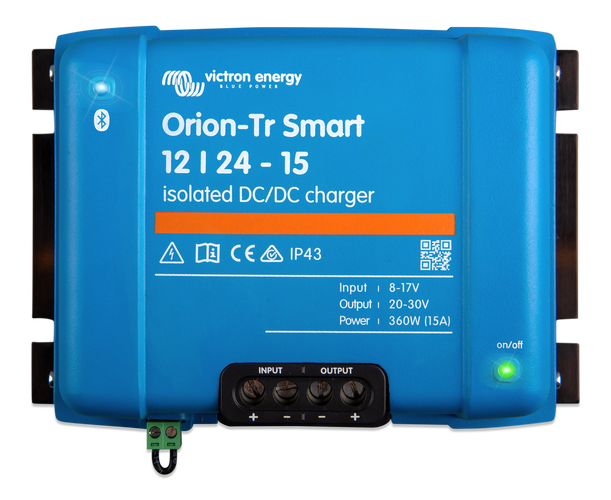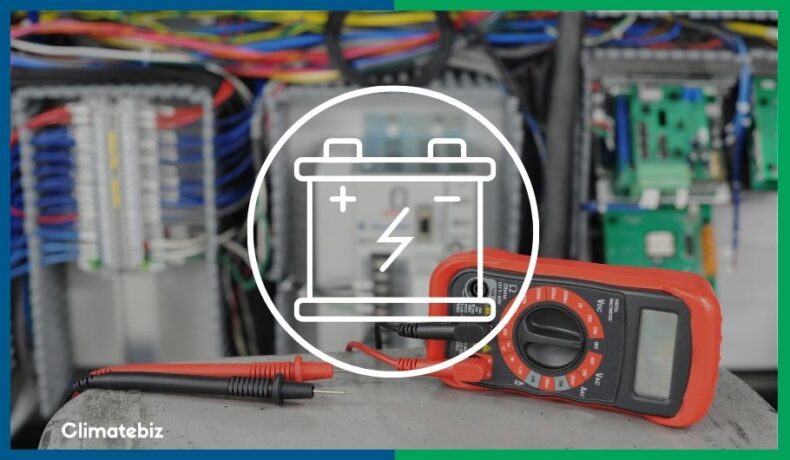Wanting to understand how to convert your battery from 12V to 24V must mean that you’re already looking to optimize your system design.
In all honesty, learning how to do this is pretty intermediate-level stuff. Therefore, we think a pat on the back is in order.
It’s also probably safe to assume that you have a decent understanding of basic solar operating principles and equations, such as power.
So let’s get on with it, shall we?
12V and 24V are the standard voltages for off-grid power electronic applications. The use of 12V is more widespread, but 24V is also there for your larger devices.
But why would you want to go through the effort of converting your 12V system to 24V?
Some of the reasons you may want to convert your 12v system to 24V include:
- You can’t find 24V batteries on the market
- To minimize current and lower the cable size of your solar panel system
- To maximize the power of an MPPT charge controller for large power applications (about 3000 watts)
- Lastly, to make your battery compatible with your 24V solar panel system
Table of Contents
How to Convert 12V to 24V
Converting a 12V battery system to 24V is pretty straightforward once you get over the learning curve.
Here are the two standard methodologies we’ll be sharing with you:
- Wiring two 12V batteries in a series string configuration; or
- A 12V battery hooked to a 12V-to-24V DC converter

Source: loomsolar
Method 1 – Series Wiring
For us, the simplest, most common way to build a 24V system is to run two (2) 12V batteries in series.
We mentioned in a previous article that there are two (2) ways to wire solar panels: parallel and series. We also geeked out on how parallel and series configurations affect current, voltage, and power, so do check that one out if you’re interested.
But for those of you who are in here for the quick fix, here is a simple analogy: We’re simply trying to connect two batteries together, similar to how we stack them in a flashlight (see image below).
In layman’s terms, this is the series string connection.

Source: VectorStock.
Going back to our example, you’ll need two (2) 12V batteries wired in a series string to increase the total system voltage output.

Step 1: Check the Specifications of your battery
Before you wire your batteries in series, some due diligence is in order: you have to confirm that they’re 12V.
This may seem like common sense but double-checking the rating of your battery will help you avoid unwanted accidents.
If you can’t see it, click here for the spec sheet.
Step 2: Wiring the Batteries in Series
Now that you’ve confirmed the ratings of your battery, it’s time to wire them in series.
First, identify each battery’s battery’s positive (+) and negative (-) terminals.
Then, connect the first battery’s positive terminal to the second battery’s negative terminal.
And you’re done! The result of your mini-project should look like the image below.

Source: battlebornbatteries
Method 2 – Buy a DC-to-DC Converter
If you prefer converting only one 12V battery to 24V, you can buy a boost converter.
Now, a boost converter increases a specific input voltage to the desired output voltage depending on what you have and need respectively. Therefore, it is plausible to convert your 12V to 24V through a DC-to-DC boost converter.

Source: imtra
Pro Tip: Properly Integrate Your 24V Battery
And there you go! Two easy ways to convert 12V to 24V.
To cap off this how-to guide, here is a pro tip:
Once your batteries are converted from 12V to 24V, you should integrate them properly into your solar panel system through a charge controller.
A reasonable charge controller acts as a safety device for your entire system. It prevents your batteries from overcharging or over-discharging by controlling the voltage and current flows. Read more about it here.
To properly connect your batteries to your system, connect the positive charger cable to the positive terminal on the first battery in series and the negative charger cable to the negative terminal on the last battery in the series.
Of course, you should also refer to your battery user’s manual to see other recommendations.

Source: electricaltechnology
Advantages of Converting 12V To 24V
The main advantage of converting 12V to 24V is having better system efficiency. A higher system voltage (24V) results in a lower system current and better charging for large systems (about 3kW). These perks stem from the power equation.
Power (Watts) = Voltage (Volts) x Current (Amperes/Amps)
For example, If you have a 12V, 1200W battery, your rated current is 100A This requires thicker, more expensive wires than a 24V, 1200W counterpart.
Therefore, the main advantage of converting 12V to 24V is less current. In effect, a lower current allows the use of thinner wires and leads to more minor system voltage drop. Not to mention, you can charge your battery quicker.
Consider an MPPT solar charge controller rated at 50A. A 50A x 12V controller could only handle 600 watts of solar, but this power value doubles at 24V.
Disadvantages of Converting 12V To 24V
However, there are tradeoffs.
In a battery system wired in series, you cannot get lower voltages off the batteries without using a converter. You are stuck with operating the entire system at 24V unless you get a step-down converter (24V to 12V)
Therefore, it’s always good practice to check the voltage compatibility of your entire system once you convert it from 12V to 24V. Any voltage mismatch could cause harm to your devices.
Final Thoughts
There you have it! A mini masterclass on how to convert 12V batteries to 24V.
This topic is very specific, and we want to let you know that we enjoyed writing about it to help you get more out of your current solar panel system.
Here is a recap of our key takeaways:
- Knowing how to convert 12V to 24V is a powerful tool in your green energy utility belt if you are looking to minimize current and increasing power
- You can convert 12V batteries to 24V by either wiring two (2) batteries in a series string or connecting one to a boost converter
- Once you have your 24V battery system, it is important to ensure your entire solar panel system runs at 24V as well.
- Boosting 12V to 24V usually makes sense when working with large systems or when there is a lack of 24V batteries on the market
Later, fellow nerd!

